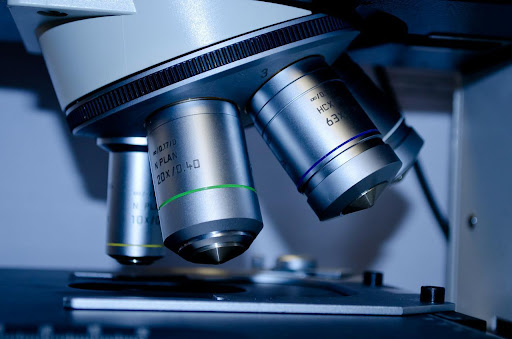
Table of Contents
Different types of data capture in clinical trials
Clinical trials have been all over the public space over the past few years, and for good reason, but how much do you know about the data that they produce? It’s such a murky subject, so in this article, we’ll share the different types of data capture that exist in clinical trials and the pros and cons of each.
Whether it’s a DDC system or a simple researcher-patient conversation that gets the necessary data for the clinical trial study, obtaining it is the most important thing. Below we’ve listed the 6 most common methods.
Why is data capture important in a clinical trial?
Data capture is essential in clinical trials because it allows researchers to collect the information they need to assess the safety and efficacy of a new treatment or intervention. Data capture methods can vary, and each has its own advantages and disadvantages. The best way to capture data for a particular trial will depend on the type of data that needs to be collected and the available resources.
1. EHRs
Electronic health records are the backbone of data capture for clinical trials. Why? They provide a complete and longitudinal view of a patient’s health, and researchers can easily access them. The downside to EHRs is that they can be expensive to set up and maintain, and they require a lot of training for staff to use them effectively.
These systems can be extremely clunky and not user-friendly; just ask the call center staff at any of the leading healthcare providers. When you need to be able to retrieve or record data quickly, having to use one of these systems can slow things down massively and increase the likelihood of something not being saved and causing delays further down the line.
2. PHRs
Personal health records are another type of data capture that is becoming more popular in clinical trials. Patients typically use PHRs to track their own health data, but researchers can also use them to collect data from participants. The advantage of using PHRs is that they are usually less expensive than EHRs, and patients often have more control over their own data.
The downside is that PHRs can be difficult to use, and the data may not be as complete as the information you would get from an EHR. The jury is really split on this as there are clear advantages and disadvantages, but as long as we are having these discussions and looking for a better way of working, we’re clearly doing the right thing.
3. Wearables
Wearable devices are becoming increasingly popular in clinical trials. They offer a convenient way for researchers to collect data from participants without having to rely on them remembering to log their information manually. They are a relatively new technology and will no doubt become a lot more mainstream moving forward, especially with the potentially life-saving heart monitor feature in the latest Apple Watch devices.
However, the accuracy of wearables can vary, and they may not always capture all the information that you need. It can also cause issues if they are left unobserved for a prolonged period and something happens to the device that the wearer is not aware of. This could result in data being erased/lost and the process needing to be repeated.
4. Biological samples
Biological samples, such as blood or urine, are often collected in clinical trials to measure participants’ exposure to a particular substance or assess the efficacy of a treatment. The most significant advantage of using them is that they can provide objective information about a participant’s health and identify any issues that could have otherwise gone unchecked.
One reason why biological samples can fall out of favor is that collection and storage can be expensive, and they may not be necessary for all trials. Plus, this can add a lot of time to the trial, delaying the rest of the process as this will then need to be implemented in all stages moving forward in order to maintain consistency, pushing the end date back by quite a lot.
5. Self-report surveys
Self-report surveys are another common method of data capture in clinical trials. These surveys typically ask participants about their symptoms, medication use, and other aspects of their health. The advantage of using self-report surveys is that they are relatively easy to administer and can provide valuable information about participants’ experiences with a condition or treatment.
The downside is that self-report surveys rely on participants’ memory and recall, which can introduce bias into the results. This is the last thing that you would want in any kind of trial, regardless of scale. So we often see surveys done in conjunction with other data capturing methods but rarely ever entirely relied upon as skewed results could derail the entire study.
Hello, I am a professional writer and blogger at Adclays.com. I love to explore the latest topics and write on those topics. I spend the maximum of my time on reading and writing interesting topics which provide valuable piece of information to my readers whether it comes to the latest fashion, technology, healthy lifestyle, business information, etc. Explore my writings by visiting the website.